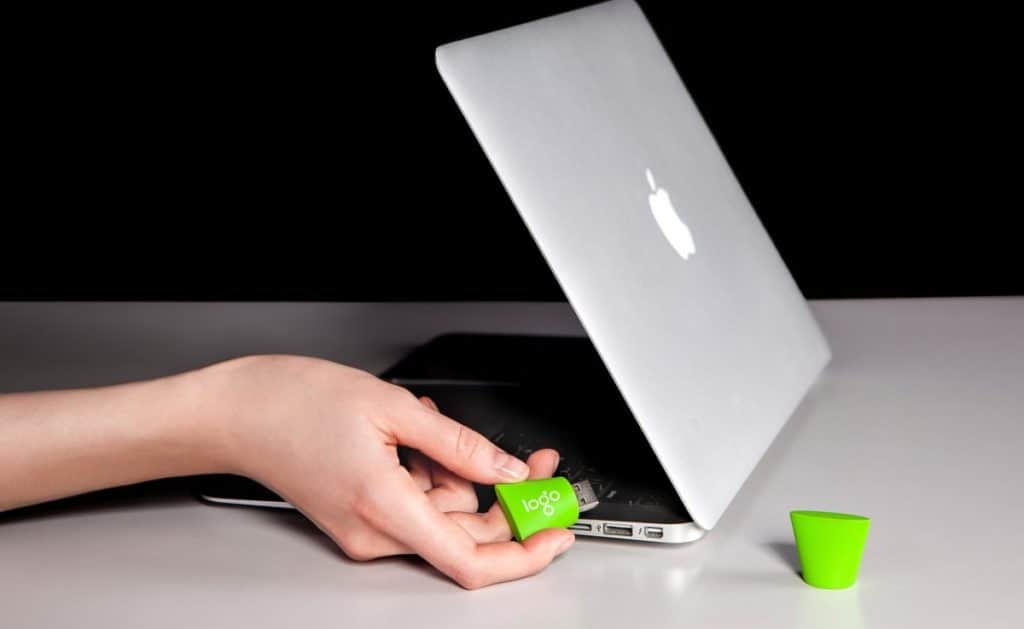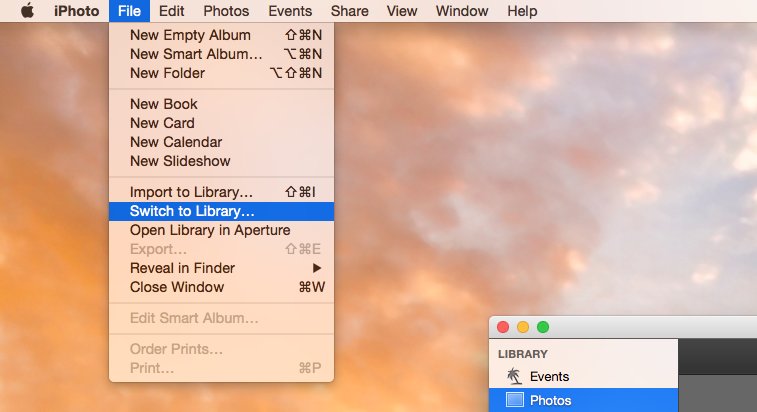

- HOW TO DOWNLOAD FILE ON MAC USB DRIVE TO PC HOW TO
- HOW TO DOWNLOAD FILE ON MAC USB DRIVE TO PC INSTALL
- HOW TO DOWNLOAD FILE ON MAC USB DRIVE TO PC PC
The first and the most important thing to do after formatting a hard drive is to recover precious data from hard drive.
HOW TO DOWNLOAD FILE ON MAC USB DRIVE TO PC HOW TO
HOW TO DOWNLOAD FILE ON MAC USB DRIVE TO PC PC
Some took action: they removed the drive from Mac and connected it to a Windows PC properly. This is because the USB external hard drive is mounted under /Volumes folder, so you should add the /Volumes directory before USB disk name when you run the cp command.Many people doubt that whether they can read Mac drive on Windows.But above command may raise an error message such as usb/Pics: No such file or directory.The -R parameter will copy all the subdirectories under the Documents directory to the USB external hard drive.Open a terminal and run the command cp -R Documents /usb.How To Copy Files From macOS To USB External Hard Drive In Command-Line. Learn more at NTFS 3G Official Github Website.sudo /usr/local/bin/mount_ntfs /dev/ntfs-disk1 /Volumes/NTFS You can also run the /usr/local/bin/mount_ntfs command to mount the NTFS disk partition as below.sudo /usr/local/bin/ntfs-3g /dev/ntfs-disk1 /Volumes/NTFS -o local -o allow_other -o auto_xattr -o auto_cache Run /usr/local/bin/ntfs-3g command to mount the NTFS disk partition with the above mount point manually in read-write mode.Create a directory as the mount point volume label for the NTFS partition.Unmount the existing NTFS format partition if needed.=> Installing ntfs-3g dependency: gettext => Installing dependencies for ntfs-3g: gettext Warning: ntfs-3g has been deprecated because it requires FUSE!
HOW TO DOWNLOAD FILE ON MAC USB DRIVE TO PC INSTALL
Open a terminal and run the command $ brew install ntfs-3g to install NTFS-3G.


Install NTFS-3G To Make MacOS Support Read-Write Microsoft Windows NTFS File System. After the format process complete successfully, you can copy files from macOS to USB disk successfully.Select ExFAT in the Format drop-down list and begin to format. Then click the Erase button at the top of the right panel.Open macOS Finder -> Applications -> Utilities -> Disk Utility.So we should change the USB Disk file format to others such as FAT or ExFAT. So if the USB disk is NTFS format, then the copy and paste operation can not be operated. The main reason for this issue is macOS can only read NTFS format files but can not write files to NTFS disk. Format The USB Disk With ExFat File Format.


 0 kommentar(er)
0 kommentar(er)
